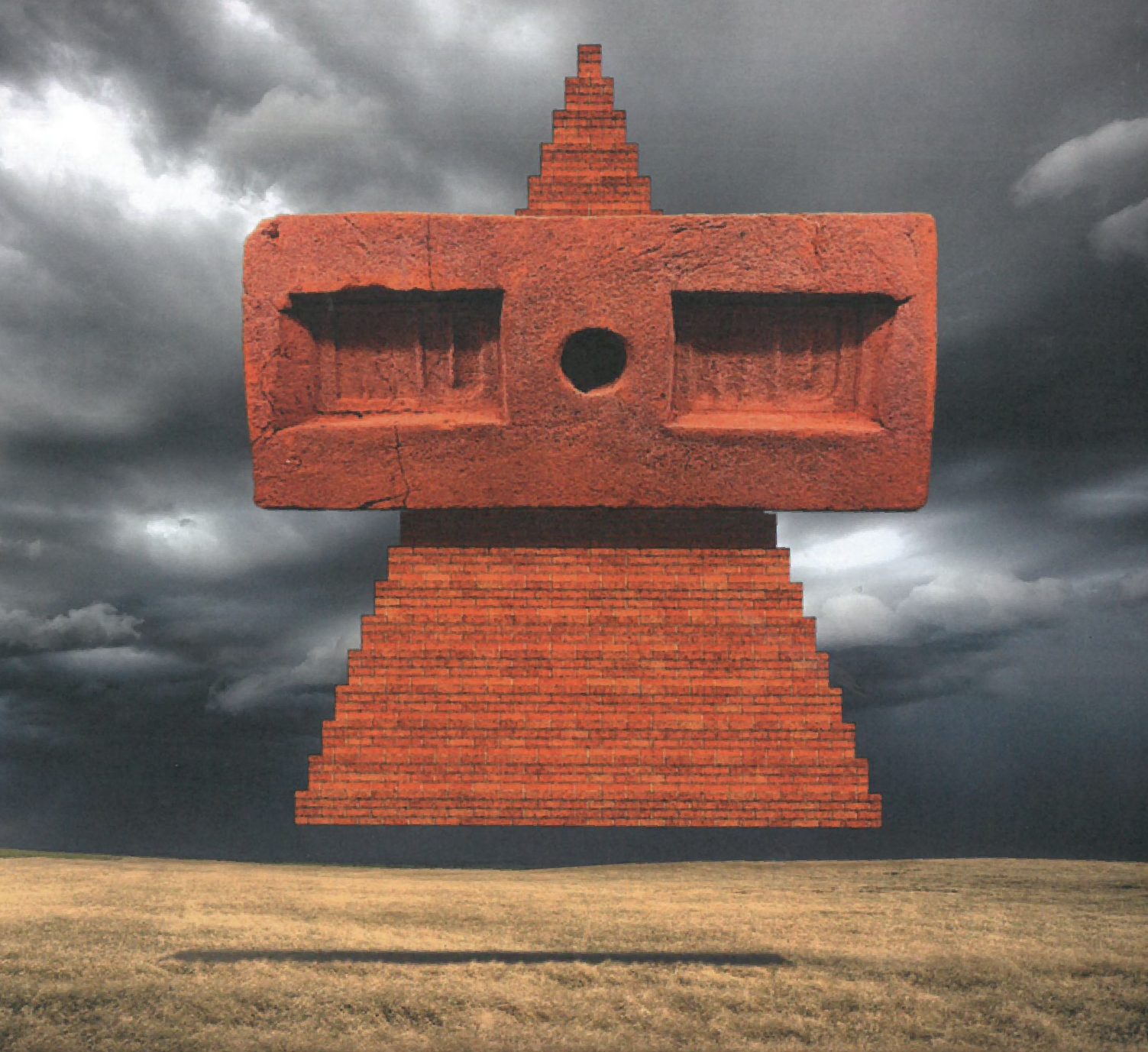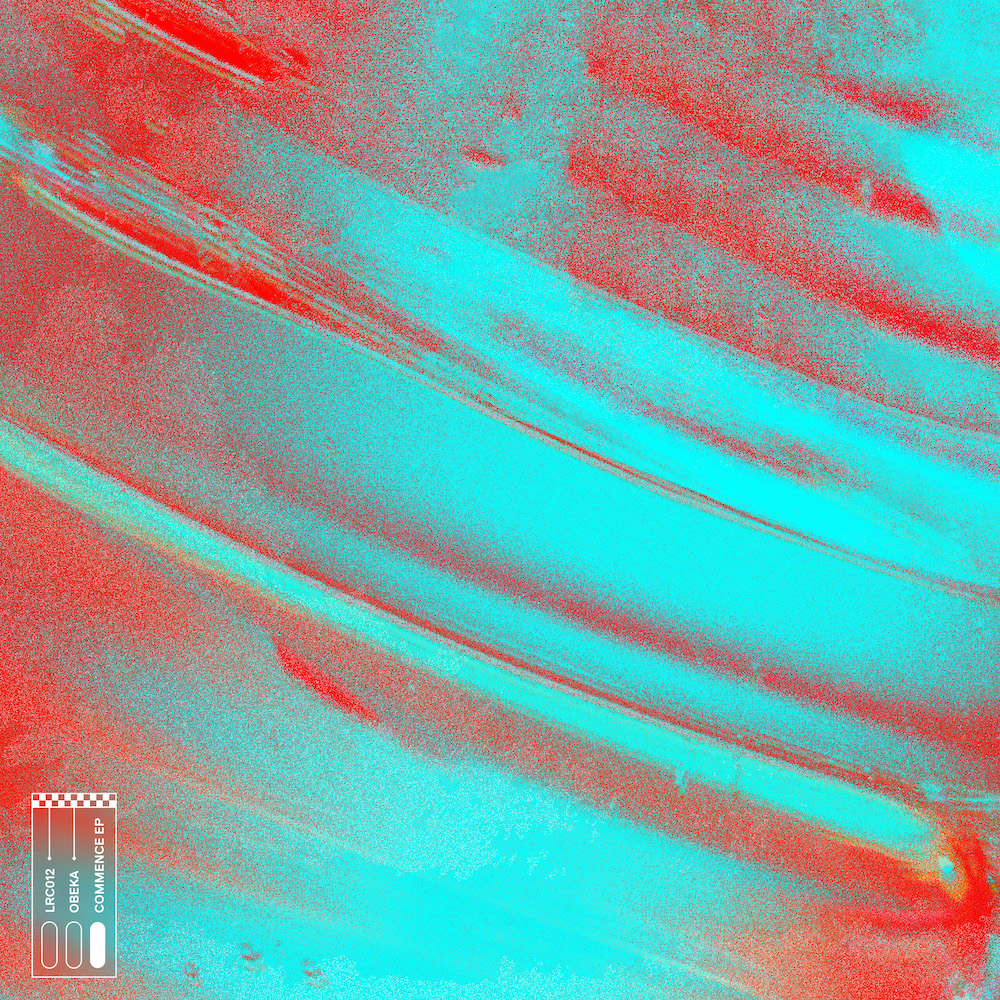Week #2:
In the land of superlatives
Inland between San Francisco and Los Angeles lies several hundred square miles of national parks. In order to visit some of them I took a double decker train to Fresno, where I was collected in a red Jeep and taken in fine style away from the epitome of urban banality that is Fresno and into some of natures grandest designs.
On the very first day in Sequoia National Park we saw them. Driving away from a cave containing fairy pools, marbled stream beds and potentially stroke-curing bacteria that shine like gold, we pulled the Jeep up. To our left, mere feet away, a black bear in the foliage just up the bank. Somewhere between gasping and holding our collective breath, we then spotted two cubs. The family shake the trees, searching for food. With the windows open, and grappling unsuccessfully with my camera, the mother comes loping towards us, and climbs into a bush at head height with our vehicle. For several minutes we have this actual wild bear foraging within spitting distance from my face. When the babies start to clamber off up into the higher forest, mama bear, seemingly unperturbed by our presence, wanders slowly back up to keep an eye on them.
The forests also gave us deer sleeker, greyer and with larger ears than the ones we are used to in the UK, as well as various breeds of squirrel and many, many chipmunks dashing across the paths. I may have seen a golden eagle. There were certainly many birds of prey, but being able to distinguish them is just another thing on the list of things I wish I could do better.
But in Sequoia the greatest natural wonder is the giant sequoia tree itself. These members of the redwood family are the worlds largest living organisms, by volume. Enormous ridged, rucked shafts of flaking russet and stunted branches of needles that you lean far back to see outlined against the blue, their huge trunks shoot up from boles that seem to be clinging tenuously by their toenails to the forest floor. The secret of their several thousand years lies in the thickness of their bark, which rings hollow under a tapping knuckle, and a wide but shallow root system that makes quick use of available water. We speak of oaks and acorns; you would have to gather 91,000 seeds of the giant sequoia to make up a pound in weight, so light and small are they. Struck again and again by fire from above and below, over time they become scarred but mighty survivors, rugged majesties of all they survey. The worlds largest tree lives here, named after the famous civil war hero General Sherman. But I learned from a professor at Berkeley that in the late 1880s a socialist cooperative colony used to live in this area, called Kaweah. They built the original road there, and founded a post office. For them it was the Karl Marx Tree.
From the top of Moro Rock a 360 panoramic sunset that bled sanguinello oranges over the Sierra Nevada range towards the coast, fading to the delicate grey-pink of a Japanese silkscreen over the massive eastern peaks. I soon gave up trying to find words to describe the scale and depth and awe of sights such as this, or the ascending prospects of Yosemite Valley as I climbed 3,000 feet from its floor to Glacier Point, 7,240 feet high, the river disappearing into the deep green of the leaves below as you breathe in sun-warmed pine and are faced down by the huge, smooth natural temple that is Half Dome rock. Full of invitations to climbers, as we drove back that night to the pedestrian comfort of hotel beds, we stopped to see the winking lights on the massive face of the worlds largest granite monolith, El Capitan. It takes three days to climb El Capitan, so that means two nights sleeping in a harness on the rocks face, and the lights we could see were the torches of those thrilling souls spanned out across the silhouetted crag, stars above, sheer drop below, the comfort of unyielding rock beside.
Leaving Yosemite the cool showers of an approaching winter, turning to snow on Tioga Pass as we headed out east over the Sierras, brought out the famous fall colours in an abundant riot of fresh new yellows, burnished orange and milk-and-blood reds. These autumn hues would be strangely mirrored in the arid rock and gravel environment of Death Valley. Not far at all from the lush profusion of Sequoia and Yosemite, rain rarely reaches Death Valley, and when it does it has nowhere to go. One of the hottest and driest places on earth, the valley floor bottoms out at 282 feet below sea level. Very unusually, we did actually see showers here, rainbows forming by day and lightning forking above the Funeral Mountains at night time. On the ground, blinding miniature moonscapes in crystal formations of salt at Badwater Basin and the Devils Golfcourse, and when you look up stripes, swirls and striations of every imaginable earthtone of mineral-rich colour is painted on the ever-changing mountainsides.
Michelangelo Antonionis notoriously disastrous Zabriskie Point was set in this area. I cycled up to Zabriskie Point on Tuesday morning, where some British guys in skinny jeans were directing a fashion shoot. Given the films premise of an LA businessman seeking to develop real estate in the desert by means of adverts starring mannequins, I will leave you to savour the irony of this.
Now Im in that bastion of postmodernity that is Los Angeles.
Check back next week to see how it fares against my admittedly ungenerous preconceptions.
Check Maddington Bear’s brand-spanking new blog holding more photos of Wander & Wonder… and more!


















Must Reads
David Holmes – Humanity As An Act Of Resistance in three chapters
As a nation, the Irish have always had a profound relationship with the people of Palestine
Rotterdam – A City which Bounces Back
The Dutch city is in a state of constant revival
Going Remote.
Home swapping as a lifestyle choice
Trending track
Vels d’Èter
Glass Isle
Shop NowDreaming
Timothy Clerkin
Shop Now